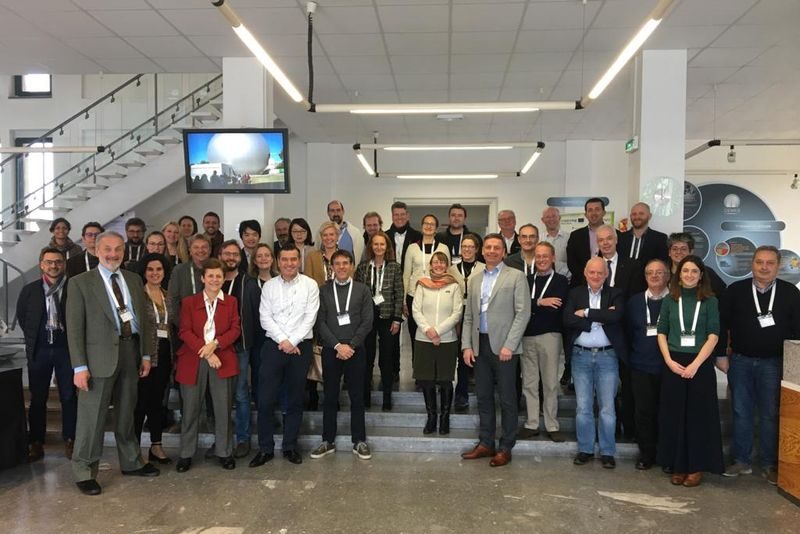
Installing the first Climate system in Australia at the University of Sydney

Standing next to the recently installed Climate G+ system: from left, Keita Nomoto, Lizhuo Wang and Dr. Hongwei Liu from the Australian Centre for Microscopy & Microanalysis
Recently, we celebrated the installation of the first Climate G+ system ever in Australia. For this event we interviewed Dr. Bhatia at the Australian Centre for Microscopy and Microanalysis that oversees the Sydney Microscopy and Microanalysis core research facility at the University of Sydney. Earlier, he was key in the decision to purchase the world’s first Lightning STEM stage which established his relationship with DENSsolutions and ultimately lead to the installation of the Climate G+ In Situ TEM platform.
In this interview, we discussed the research needs of his facility and how they will benefit from the solutions designed and manufactured by DENSsolutions.
Can you tell us a bit about Sydney Microscopy and Microanalysis?
Sydney Microscopy and Microanalysis is the central microscopy facility at the University of Sydney. The University of Sydney is Australia’s first university and regularly ranks in the World’s top 50 universities.
We are a multi-user facility that services both the entire university as well as people from across Australia through the Microscopy Australia access scheme. Microscopy Australia provides access to member universities throughout Australia.
This means that we need to provide highly reliable, flexible solutions as we offer our instruments to users with a broad range of applications and skill levels.
Can you give us some examples of applications that your users are involved in?
Our researchers interests are many and varied. Some of the areas that are relevant to the new Climate system include:
- Hydrogen generation
- Methane breakdown as a consequence of global warming
- Environmental corrosion of metals
It is hard to know what projects it will be used for as many users haven’t even presented themselves yet. But that is the point of buying versatile equipment.
In Australia, it is normal for funding for large equipment purchases to come from research grants. Can you tell us who won the grant to acquire the Climate?
A team from the Chemical Engineering Department working on catalysts were responsible for the bulk of the funding. Their contributions from their grant were topped up by the Australian Centre for Microscopy and Microanalysis (ACMM). ACMM supports the operation of the Sydney Microscopy and Microanalysis facility.
What features of the Climate attracted you to this particular system and how do you see the DENSsolutions in situ system benefitting your research?
As a core facility working with researchers from a range of different fields we needed a system with flexibility to cater to their different interests.
Other features of the Climate that that we found attractive were the ability to interchange parts and the ease with which individual components could be replaced. The ability to perform dynamic mixing of gases provided an added degree of versatility.
All these factors contributed to what we considered to be a future-proof design that best suited our facility and the range of potential experiments of our users.
The ability to investigate dynamic processes and to be able to observe these processes in real-time was also important to us. By being able to observe the entire process takes any guesswork out of the equation and means that we don’t miss any critical steps where changes might occur.
How popular has the system been to date?
The system was only installed in November. So far, we have only had three operators and a technician trained, bearing in mind the Christmas, New Year break. We do however intend to train more operators in the near future and can see the Climate being an important research tool.
In your experience so far, how have you found the Climate system?
The installation process was quite straightforward.
The fact that the software uses the same platform as the Lightning system that we already have abbreviated the familiarisation process. The software itself is very easy to use and the system as a whole is very intuitive.
We have only performed some basic measurements so far, but are looking forward to getting into some detailed experiments in the near future.
Learn more about our Climate system and Nano-Reactor:
Discover publications made possible by our Climate system:












